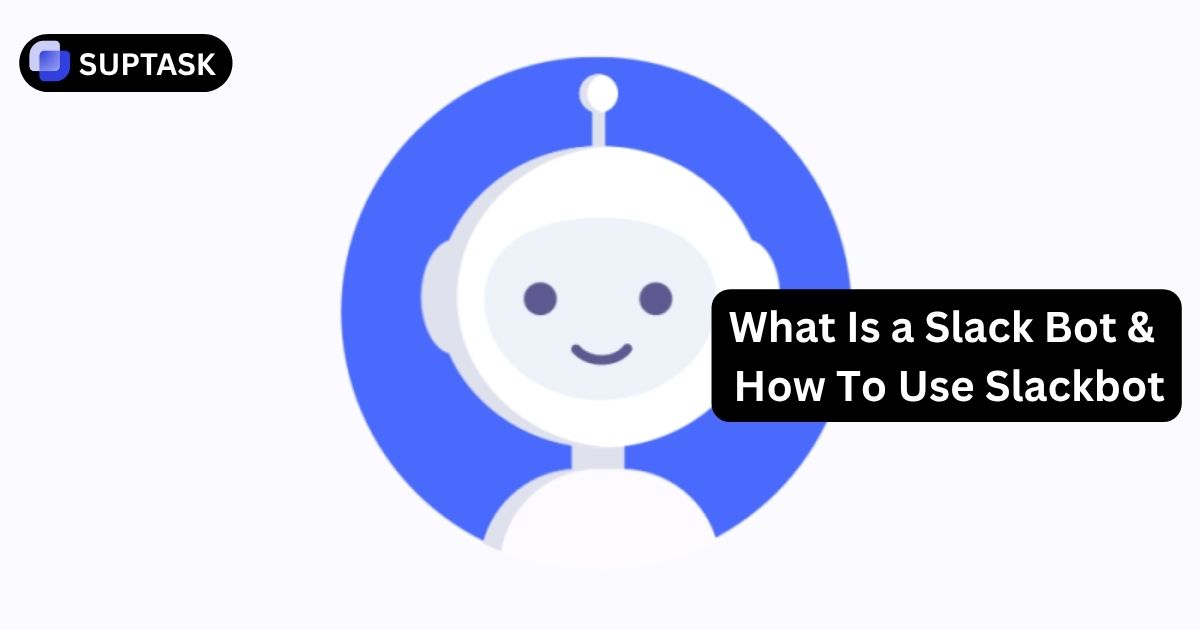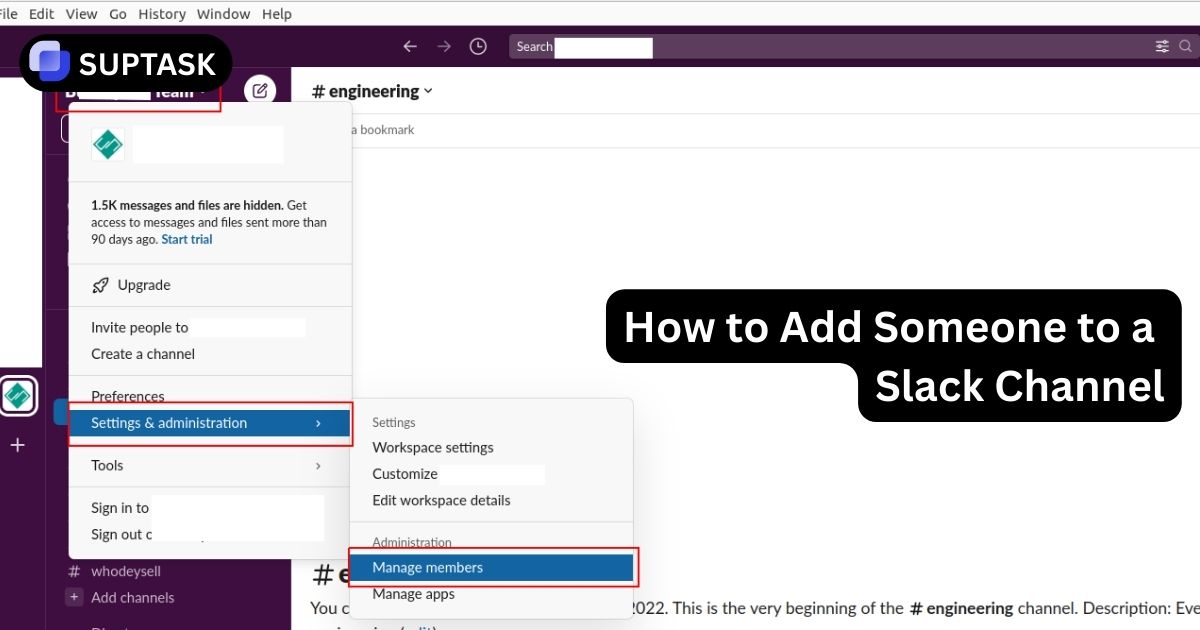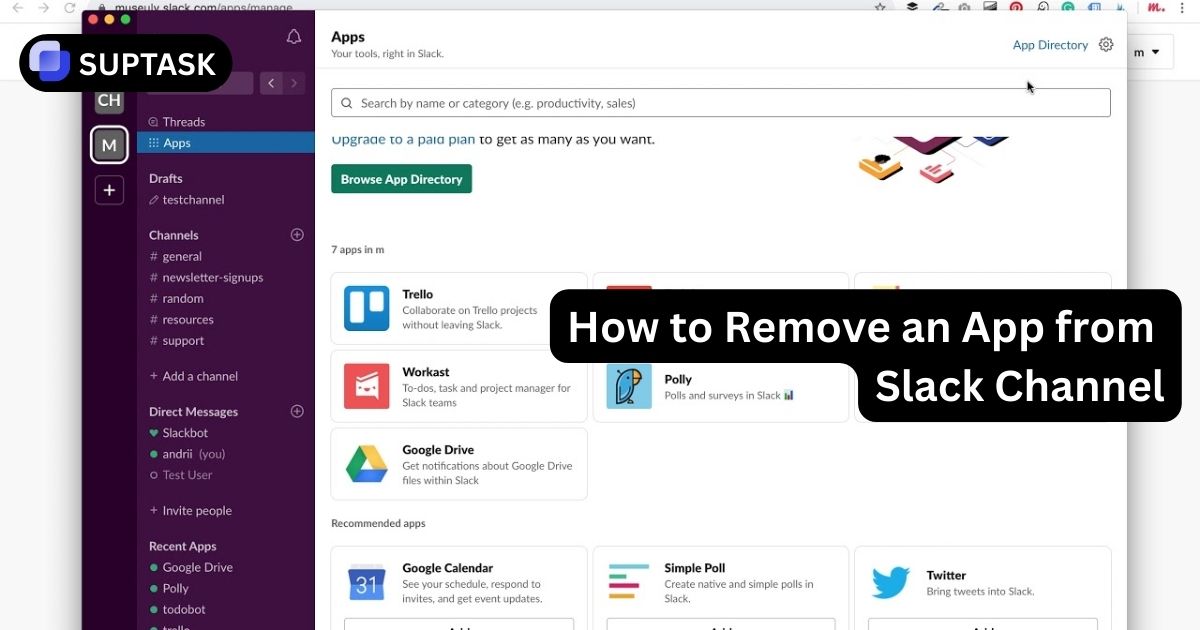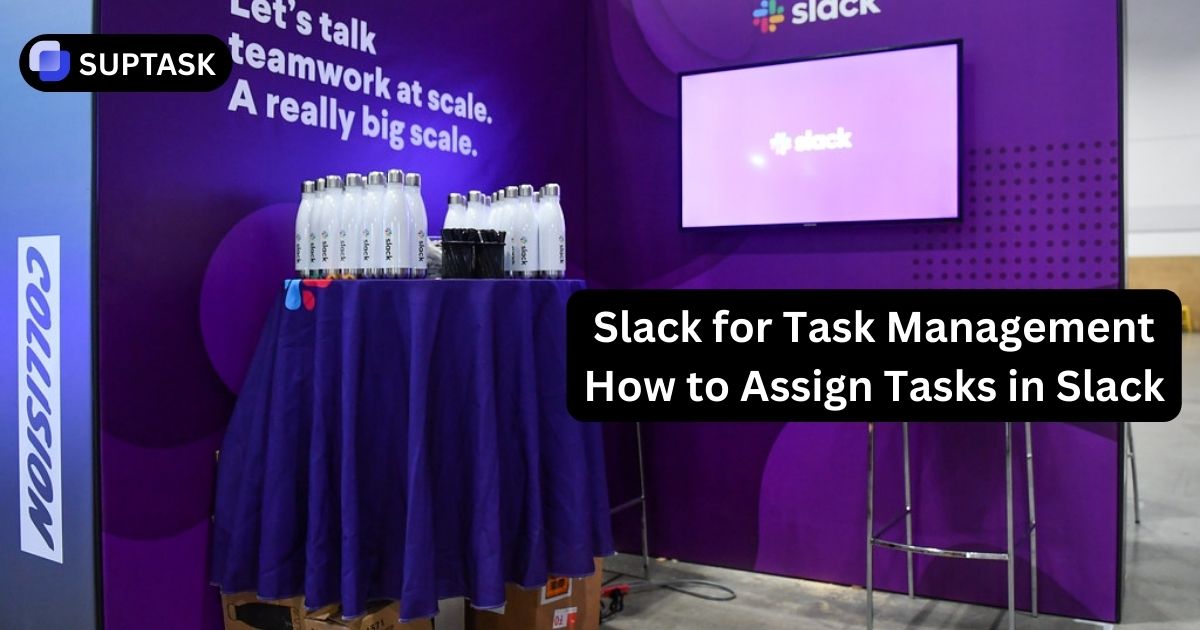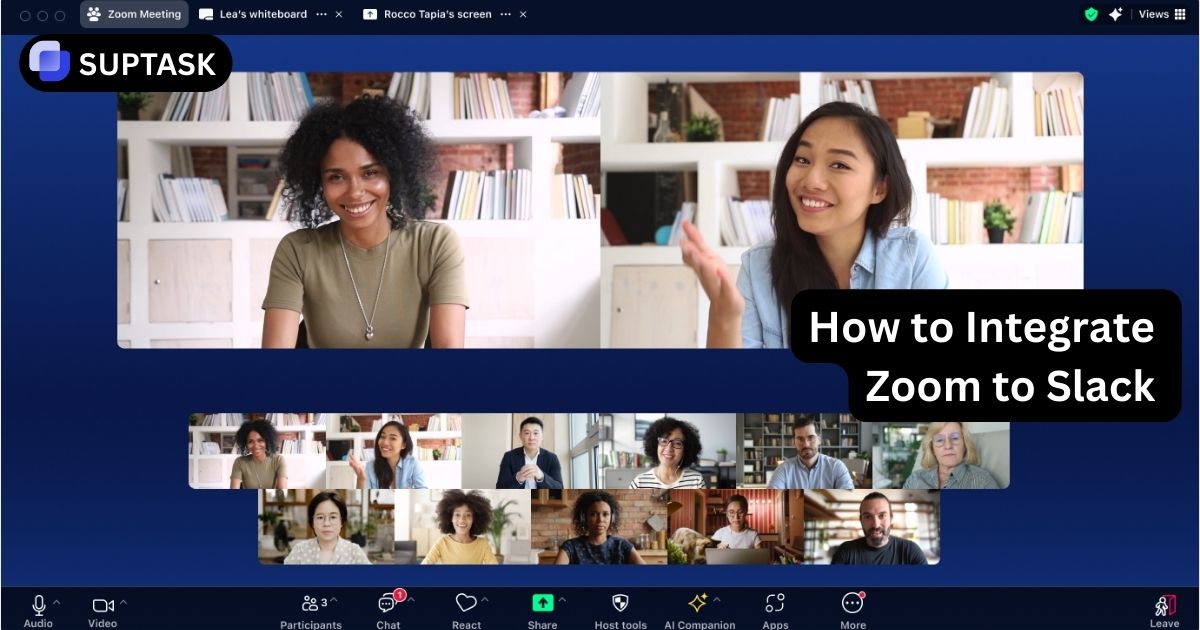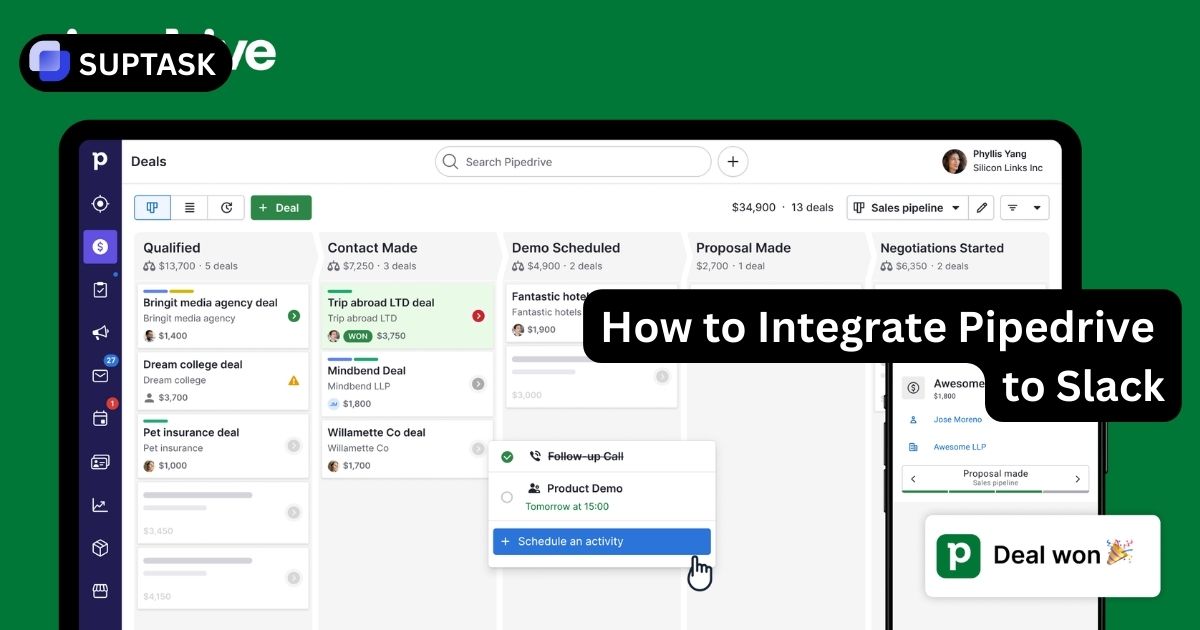From simple automation to AI-powered assistants. Discover how bots transform Slack into an intelligent workspace that works for you 24/7.
Understanding Slack Bots: From Rule-Based to AI-Powered
A Slack bot is an automated software application that lives inside your Slack workspace, listening for events and responding with actions. Think of it as a digital teammate that never sleeps.
Old School Bots
Simple IF-THEN logic. Responds only to exact keyword matches. Cannot understand context or natural language. Limited to predefined responses.
Modern AI Bots
Powered by Large Language Models (LLMs). Understands natural language and intent. Learns from interactions. Can synthesize information across multiple sources.
Three Categories of Slack Bots
Each bot type solves different problems. Understanding the distinction is crucial for choosing the right automation strategy.
Native Slackbot
Built into every workspace. Handles reminders, custom responses, and system notifications. Free forever but limited in scope.
Third-Party Bots
Pre-built apps from the Slack Marketplace. Connect external tools (Asana, GitHub, Salesforce) to Slack. 2,600+ available.
Custom Bots
Built for your unique workflows. Full control over features, logic, and integrations. Requires development resources.
Master the Native Slackbot: Command Reference
The /remind command is Slackbot's superpower. Create reminders for yourself, teammates, or entire channels with natural language.
Setting Up Custom Auto-Responses
Configure Slackbot to automatically reply when someone types specific keywords. Perfect for FAQs and quick info distribution.
Navigate to Settings
Click workspace name → Settings & Administration → Customize → Slackbot tab
Add New Response
Click "Add New Response" button. Define your trigger keywords (comma-separated for multiple)
Write Response
Enter the message Slackbot should post. Use multiple lines for random responses. Include links and emojis.
Save and Test
Click "Save Response". Test by typing the trigger in a DM to yourself before deploying to channels.
Essential Third-Party Bots for Every Team
Pre-built bots from the Slack Marketplace that solve common workflow problems without custom development.
Turn Slack messages into Asana tasks. Get notifications on updates, deadlines, and comments directly in channels.
- Create tasks from messages
- Real-time status updates
- AI-generated summaries
Subscribe to repositories and receive updates on commits, PRs, and issues. Take actions without leaving Slack.
- PR and commit notifications
- Close/reopen issues
- Code review reminders
Automate virtual coffee chats and peer mentoring. Pairs team members for random conversations to build culture.
- Random pairing algorithm
- Onboarding buddy system
- Cross-team connections
Create polls and surveys directly in Slack. Gather team feedback, make decisions, and run pulse checks.
- Instant poll creation
- Anonymous responses
- Real-time results
Critical incident management. Get alerts, acknowledge issues, and resolve incidents without leaving Slack.
- Real-time incident alerts
- On-call schedule integration
- AI-powered insights
Automate birthday and work anniversary celebrations. Upload dates via CSV and let the bot handle the rest.
- Automatic celebrations
- CSV bulk import
- Custom messages
Choosing Your Bot Strategy: Native vs Third-Party vs Custom
The right choice depends on your workflow complexity, budget, and technical resources.
Native Slackbot
- Zero setup required
- Reminders and notifications
- Custom keyword responses
- Works on all plans
- No external integrations
- Simple keyword matching only
- Can't notify private channels
Third-Party Bots
- 2,600+ apps available
- Quick 5-minute install
- Connect external tools
- Many free tiers
- Monthly subscription costs
- Limited customization
- Vendor lock-in risk
Custom Built Bots
- Full feature control
- Proprietary integrations
- Custom logic and AI
- Maximum security control
- High upfront cost
- Requires dev resources
- Ongoing maintenance
Transform Slack Into Your Ticketing System
Suptask is a Slack-native bot that turns conversations into trackable tickets. Create, assign, and manage support requests without leaving your workspace. No external tools, no context switching.
Used by 1,000+ teams • 14-day free trial • No credit card required
Frequently Asked Questions About Slack Bots
Everything you need to know about using and managing bots in your workspace.
Start Automating With Slack Bots Today
Begin with the free native Slackbot for basic automation. Explore the Marketplace for specialized tools. Scale to custom development as your needs grow. The bot ecosystem transforms Slack from a chat app into an intelligent operating system for work.


